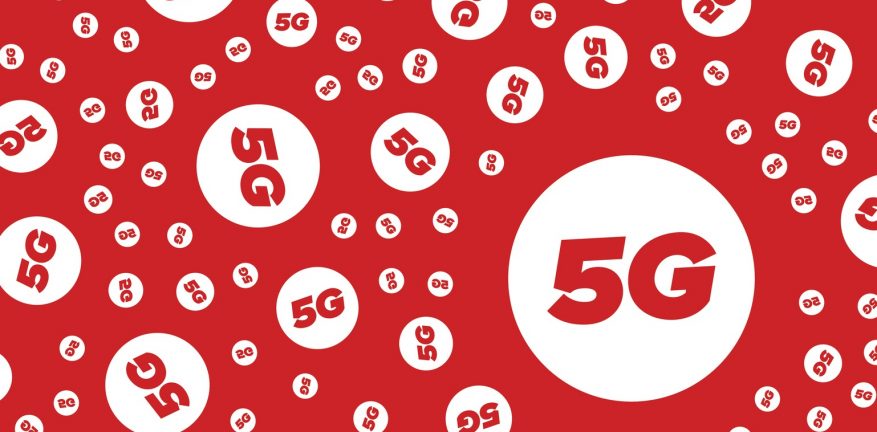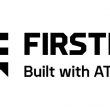Ericsson report finds 5G investment increasing
Despite COVID-19’s impact on the economy and a looming semiconductor shortage, 5G investment continues apace.
According to the recent “Ericsson Mobility Report,” service providers continue to switch on 5G, and more than 160 have launched commercial 5G services. The report projects some 580 million 5G subscriptions by the end of 2021. This increase is estimated, despite the fact that COVID-19 constrained some 5G buildouts in 2020 and created 5G-enabled chip shortages. This coheres with recent IoT World Today survey report that indicates 5G connectivity is a priority for survey respondents.
“As societies plan a return to a more normal situation after the pandemic,” the Ericsson report said, “the need to secure and invest in high-quality digital infrastructure should be on everyone’s agenda as a key component of economic recovery.”
Bandwidth improvement is a top driver for 5G adoption (60% of respondents), and many anticipate 5G to be an enabler for the introduction of new services (51%). As a result, 72% of respondents are confident or very confident that 5G will enable artificial intelligence or artificial reality services. Sixty-seven percent of the respondents are either confident or very confident that 5G will deliver the promised business benefits within the next year.
The report noted that a variety of new 5G smartphone models is accelerating the demand for public 5G connectivity, as is the decrease in 5G-enabled device pricing. On the networking side, more 5G standalone (SA) networks are developing, enabled by networking slicing and dual connectivity using new radio.
And of course, the report noted, IoT devices themselves have become accelerators for 5G connectivity.
By the end of 2026, 44% of cellular IoT connections will be broadband IoT, with 4G connecting the majority, the report said.
The report noted that as we progress through 2021 and into 2022, more IoT infrastructure will be 5G SA. Non-Standalone (NSA) 5G is the model of deployment where 5G services are provided without an end-to-end 5G network. This means that the network will rely on some previous-generation (4G LTE) infrastructure.
“In the first half of 2021, we have seen the first IoT devices with 5G SA capability. 5G SA-capable modules from a few vendors are already available, and additional module vendors are expected to fuel the IoT ecosystem,” the report said. “We expect to see 5G extend its reach to more IoT device types during the second half of 2021, such as cameras, VR headsets and unmanned aerial vehicles (UAVs). Some of these use cases are expected to evolve with time-critical communication capabilities during 2022.”
To read the complete article, visit IoT World Today.

















